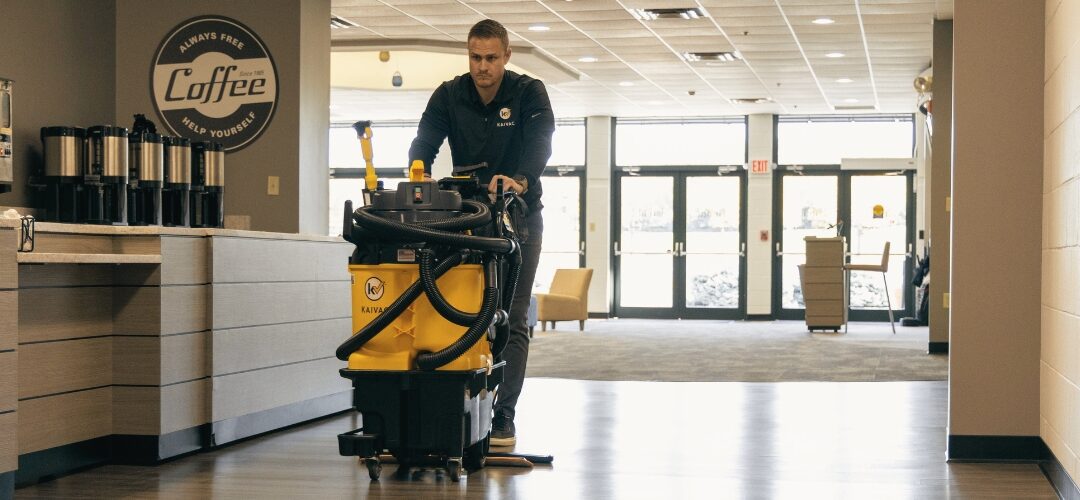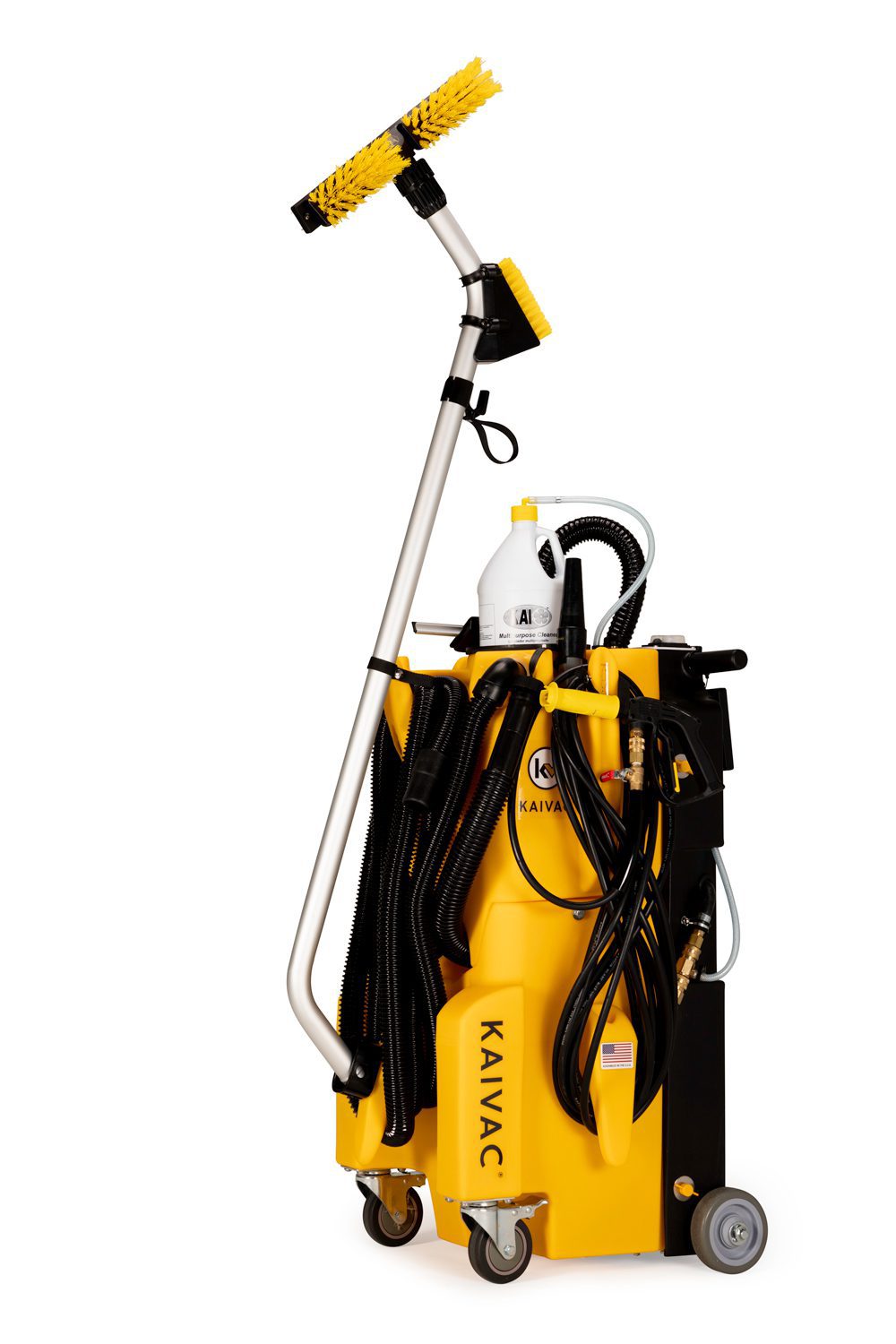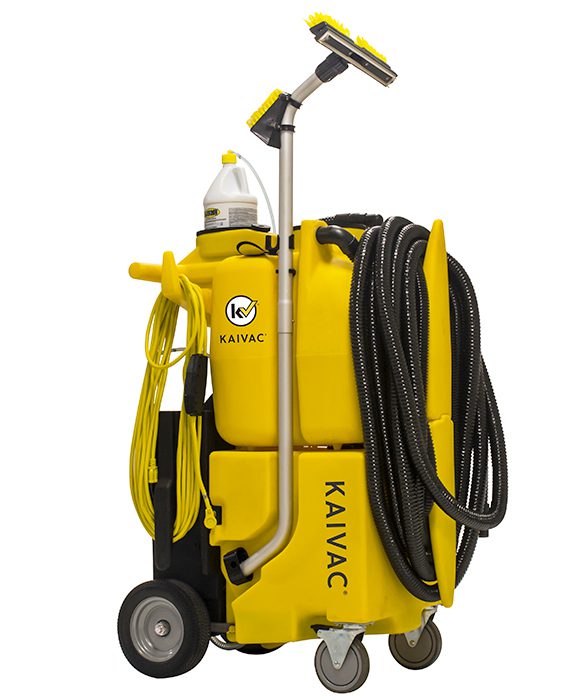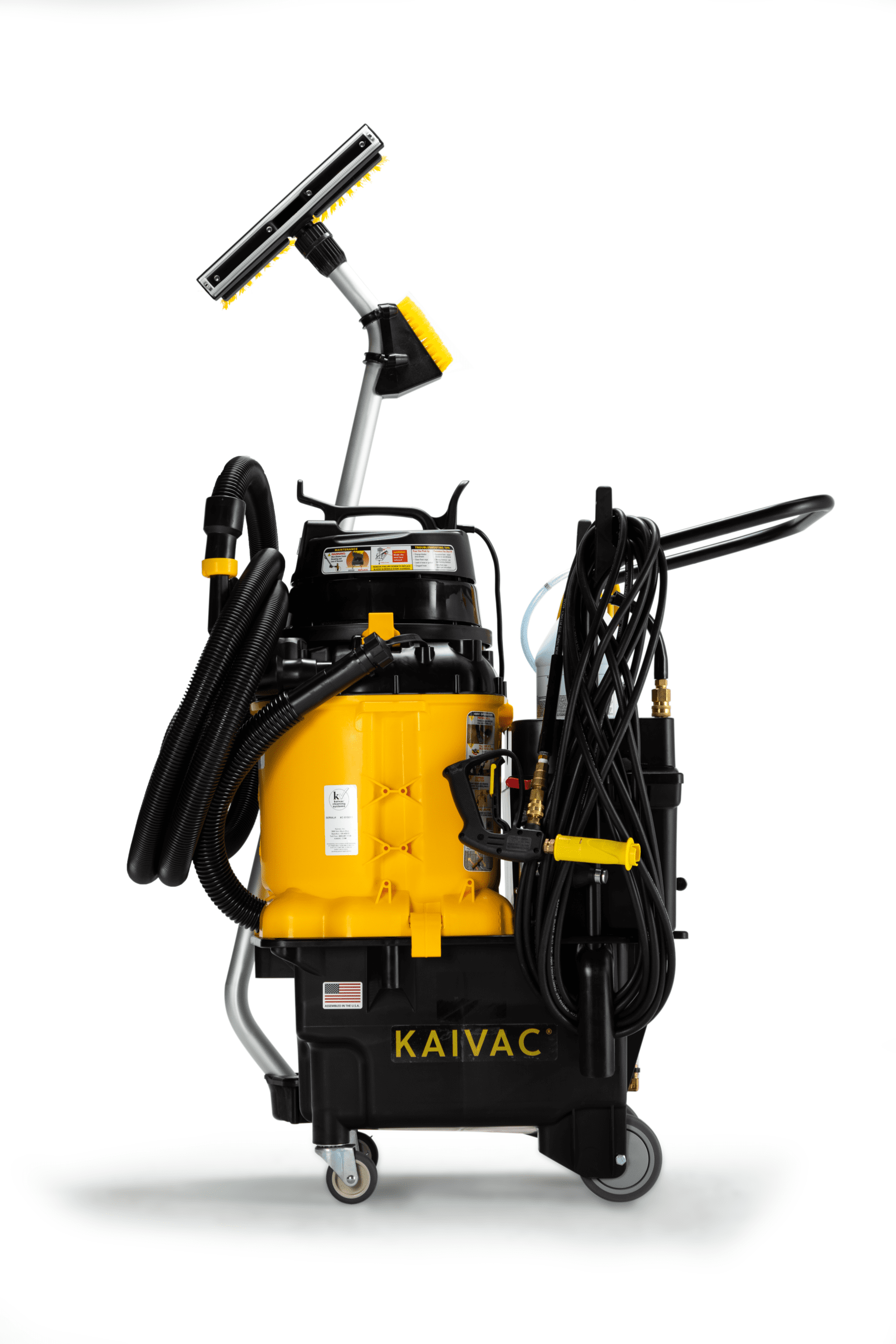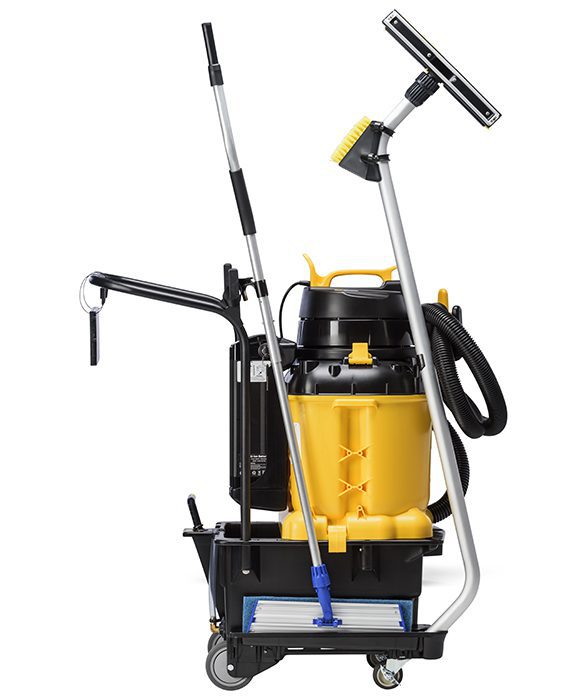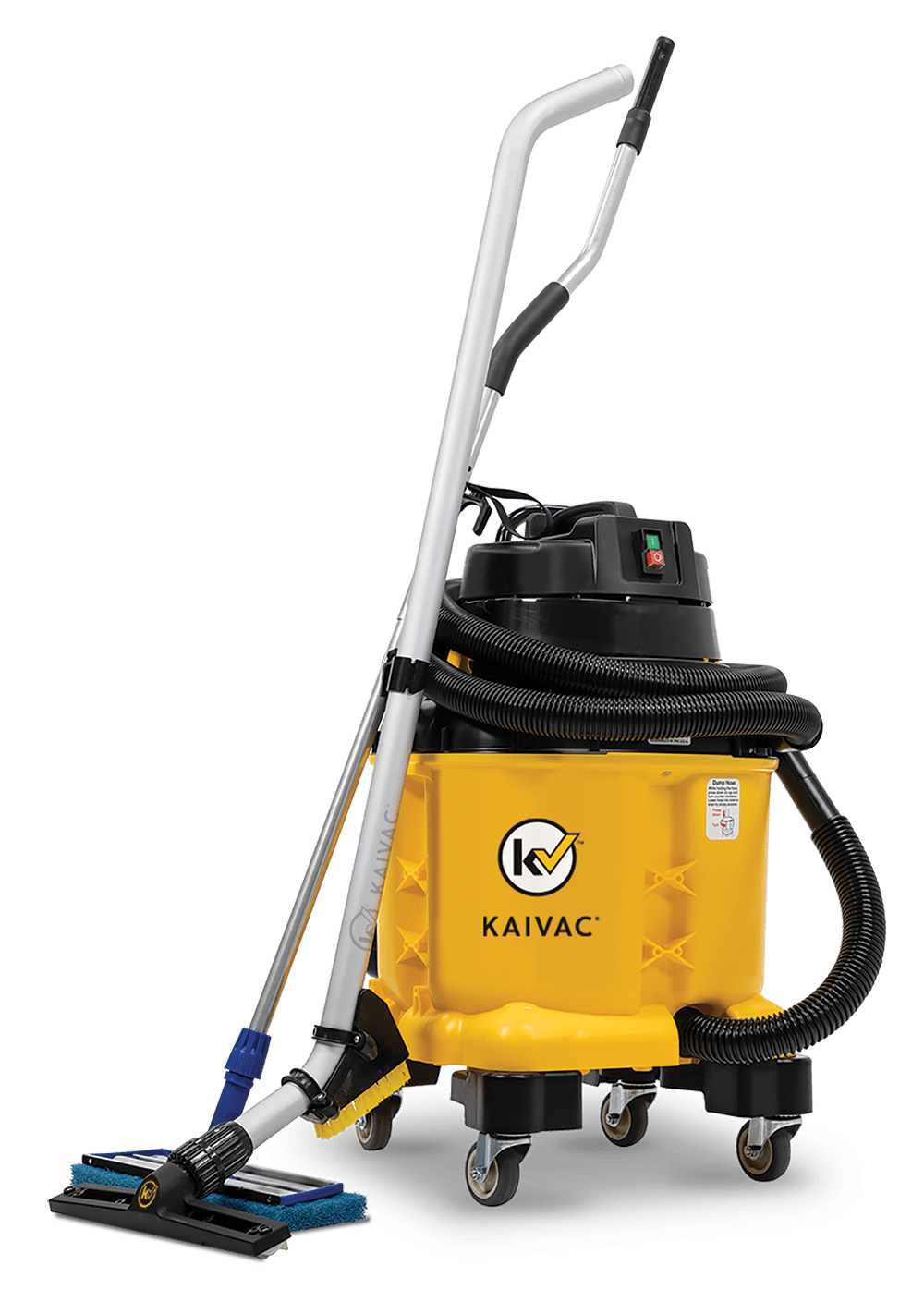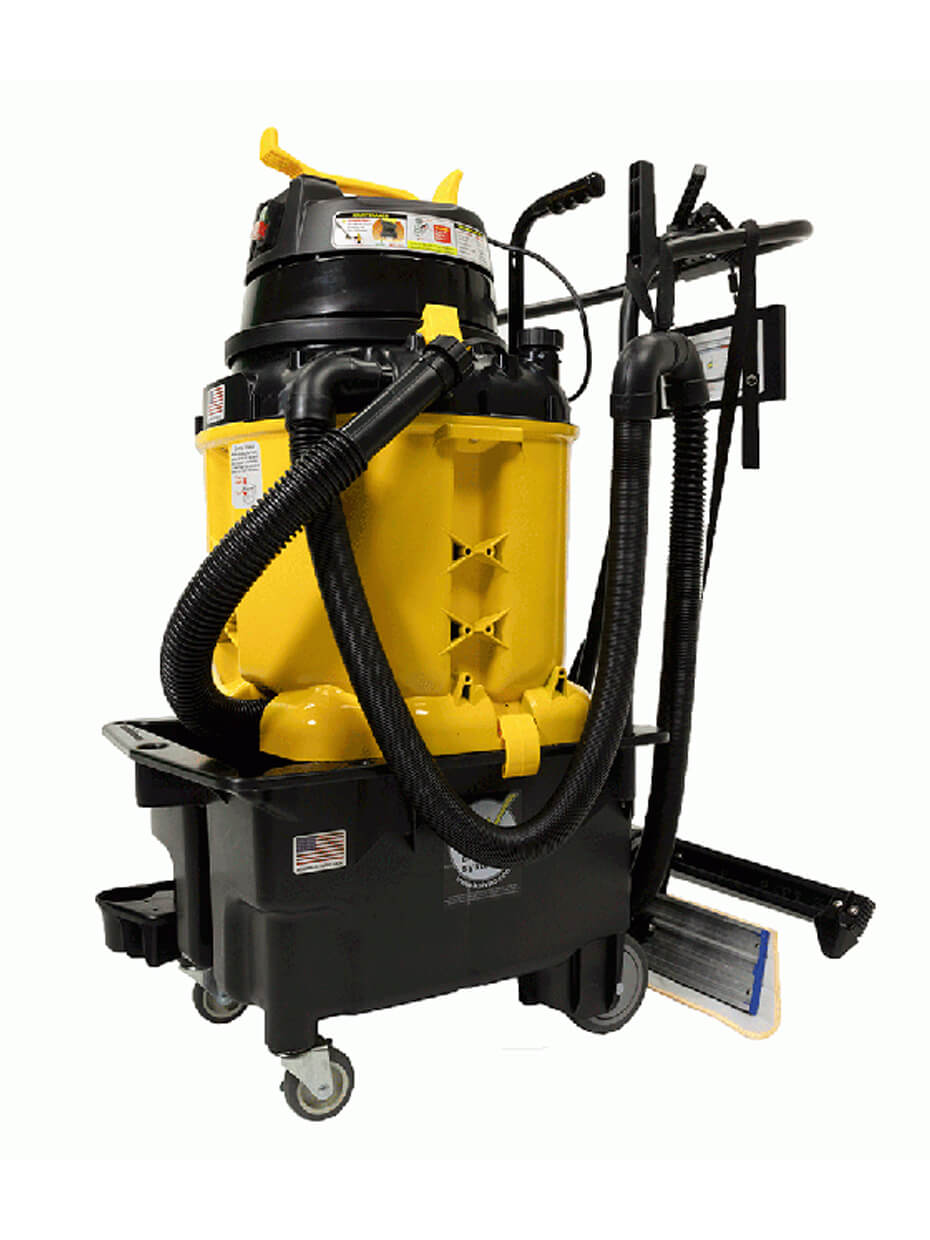Maintaining commercial floors saves money, resource, and time. When well cared for, these expensive materials last longer, perform better, and look great for years to come. However different flooring types require different tools, techniques, and approaches.
Keeping each flooring type safe, dirt-free, and looking great takes some expertise. Here’s a primer on common floor materials and how to care for them.
Commercial Flooring by Type
Architects and designers can choose from an ever-growing list of flooring materials. And often, they mix and match different types in the same building, the same floorplate, or even the same room. While this approach creates a dynamic, multi-dimensional interior, it also complicates floor maintenance. After all, what works best for tile-and-grout will not work on wood or carpet.
Some common and trending flooring materials include:
- Ceramic Tile: A workhorse in restrooms and kitchens, ceramic tile is long-lasting, cost-effective, and looks great. Porous grout lines, however, grab on to dirt, germs, and bad smells, making them hard to clean.
- Terrazzo: Durable and long-lived, terrazzo is low maintenance, “but not no maintenance,” according to this CleanLink article. The material works well in large, busy spaces like lobbies. Clean with Ph-neutral chemicals.
- Vinyl Composite Tile: Affordable, durable, and easy to install, good old VCT can be found everywhere. It is also deceptively costly and tedious to maintain requiring daily care, periodic scrubbing, and occasional stripping and recoating.
- Luxury Vinyl Tile: Appropriate for retail, healthcare, education, and more, LVT boasts low environmental impact and lower maintenance costs than VCT. The material still requires daily care to remove abrasive grit and debris.
- Carpet/Carpet Tile: Nothing creates a warm, home-like atmosphere like soft carpet flooring. Comfortable and quite underfoot, carpet and modular carpet tiles require a lot of care including routine cleaning, interim maintenance, and deep cleaning.
- Wood: Real wood floors look rich and elegant. They also require specialized care. Daily moping or sweeping will remove grit and dirt that can scratch mar the surface. Vacuuming also works but do not use a beater bar.
Maintaining Hard Surface Floors
While each flooring type demands a specific protocol, (always let the manufacturer’s recommendation be your guide) there are some general tips for cleaning hard surface flooring. Remove grit and dirt every day, but not with a mop. Mops are heavy, unwieldy, and are designed to spread dirt instead of removing it.
For wide-area, hard surface floors choose technology like the AutoVac Stretch™ from Kaivac. The machine completely removes soils and is safe for a variety of commercial flooring types. In fact, the AutoVac Stretch is so gentle it leaves floors 25% shinier than other technologies.
A smart choice grouted tiles is the No-Touch Cleaning® systems from Kaivac. Using spray-and-vac technology, these machines remove dirt and stains from the entire floor, both the tile and the grout. The machine also cleans restroom fixtures and touchpoints without bending, kneeling, or touching unpleasant messes.
Maintaining Carpeted Floors
Carpet needs regular vacuuming to look good and perform well. Vacuums with a counter-rotating brush helps lift pile and prevent matting for high-pile carpet. The Carpet and Rug Institute offers recommended standards for maintaining and cleaning these materials. They also offer advice on the best way to treat spills, spots, and stains.
Floors that mix carpet with hard surface materials can be particularly difficult to maintain. Workers must drag out a fleet of separate machines to service each type of floor. Or they could tackle it all with the All Floor™ cleaning system. This innovative machine lets employees switch seamlessly between carpet and hard surface.
Maintaining commercial floors is important but it doesn’t have to be hard. Find more great solutions from Kaivac here.
